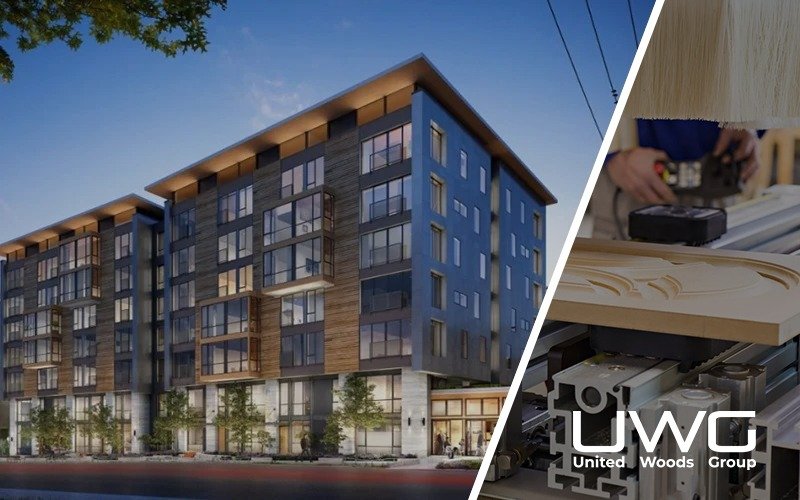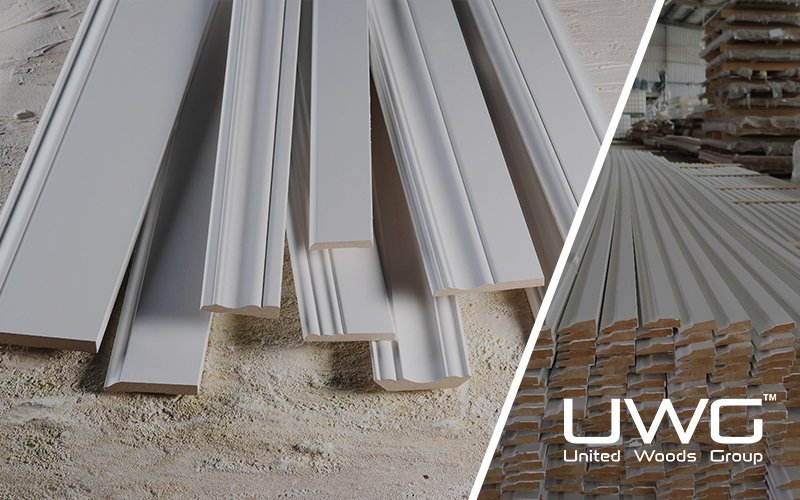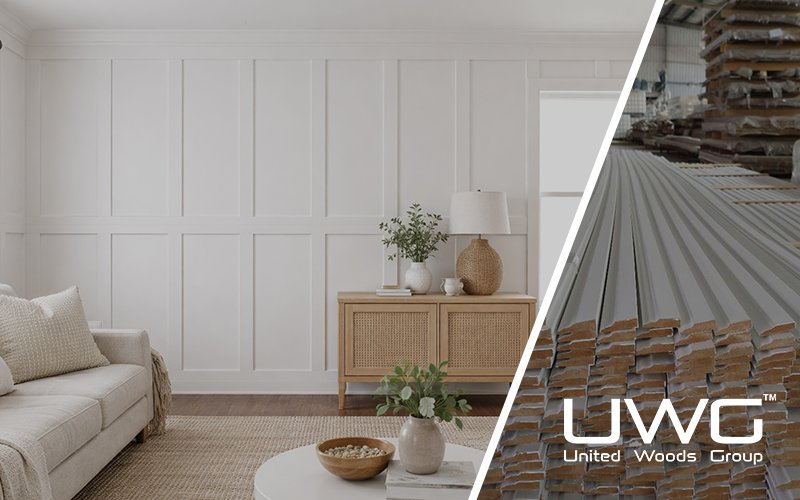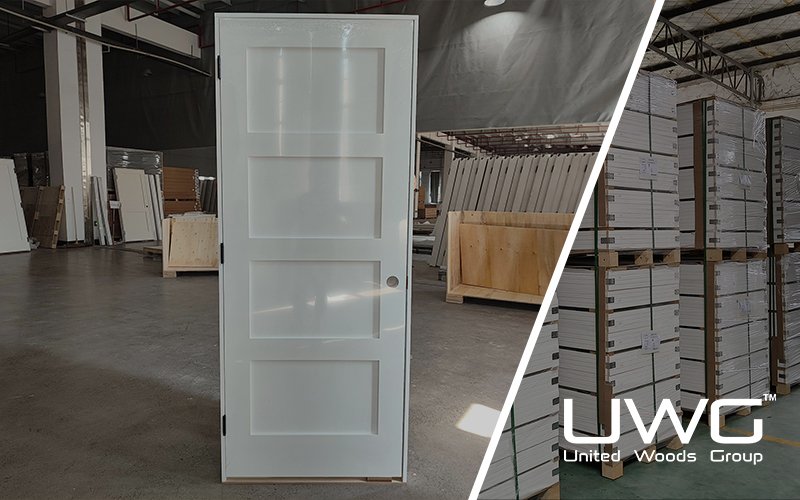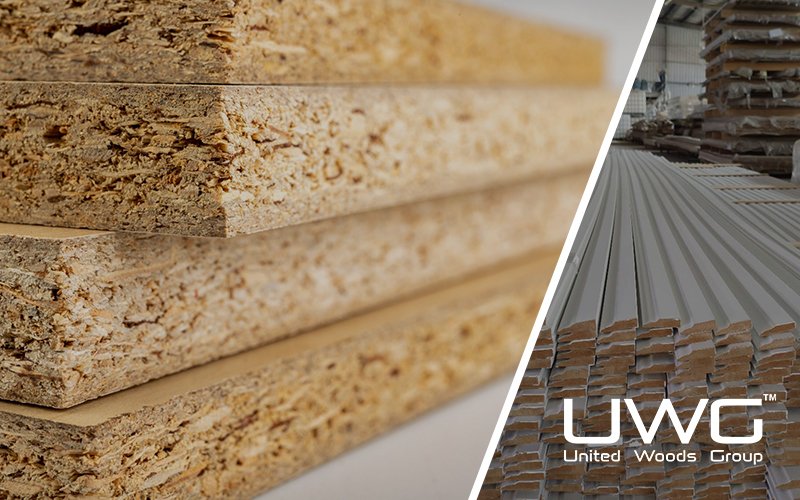In cities across North America, cranes dot the skyline and permits are surging. From Toronto to Texas, demand for multifamily housing is rewriting the blueprint of urban development. For builders and developers, 2025 presents both urgency and opportunity — the market is moving fast, and those who adapt now will lead tomorrow.
The North American multifamily housing market is showing strong growth in 2025, with more than 480,000 new units expected to be delivered, driven primarily by urban migration, affordability issues for single-family homes, and a persistent housing supply shortage. Builders and developers need to focus on key trends, including sustainable construction, mixed-use design, increased demand for health and community facilities, and the popularity of smart space layouts. In addition, the Sun Belt region and submarkets such as Austin, Charlotte, Phoenix, and Calgary are accelerating growth, providing abundant opportunities. Government incentives, accelerated adoption of modular construction, and partnerships with global suppliers are bringing more market opportunities to developers. By taking advantage of these trends and opportunities, developers can accelerate project schedules, reduce costs, and stand out in a competitive market.
With demand rising and preferences changing, there’s more than just growth happening — there’s transformation. Let’s unpack the key drivers and what they mean for your next project.
What is the outlook for multifamily housing in 2025?
The 2025 outlook for multifamily housing in North America remains strong and upward-trending, despite recent economic uncertainty. According to CBRE’s U.S. Real Estate Outlook, more than 480,000 new multifamily units are expected to be delivered by the end of 2025 — the largest volume in over a decade. This surge is being driven by:
- Urban migration: Millennials and Gen Z are continuing to flock to city centers and transit-connected suburbs for work and lifestyle convenience.
- Affordability challenges in single-family homes: Higher mortgage rates and limited housing stock are pushing more people into longer-term rentals, especially in multifamily buildings.
- Institutional investment confidence: Firms are increasing capital allocation to multifamily assets due to stable rent collections and consistent occupancy across urban cores and mid-tier cities.
- Housing supply shortage: The U.S. is still facing a shortfall of 3.8 million housing units, according to Freddie Mac, making multifamily builds a long-term necessity.
In Canada, the CMHC projects continued demand for rental housing, especially in Toronto, Vancouver, and Calgary — with immigration targets playing a significant role in population growth and urban density.
The multifamily market isn’t just recovering — it’s evolving. Developers who adapt to renter expectations and plan for flexibility will benefit from this unprecedented demand curve.

What are the biggest trends in multifamily real estate for 2025?
2025’s trends are reshaping what tenants expect — and how developers design:
- Sustainable building: Green certifications, energy-efficient materials, and low-VOC finishes are now baseline expectations
- Mixed-use layouts: Blending residential units with co-working, retail, and shared space adds livability
- Wellness & community: Rooftop gyms, pet areas, and wellness rooms are hot features
- Design flexibility: Smart floorplans that optimize limited space appeal to remote workers and younger renters
- Prefabrication & modular builds: Speed-to-market is critical, and off-site solutions are gaining traction
(Source: MRI Software Trends Report 2025)

Which markets are seeing the most growth in 2025?
In 2025, growth in multifamily housing isn’t just happening — it’s accelerating across a diverse range of U.S. and Canadian markets, driven by population shifts, job growth, and affordability constraints. While gateway cities like New York and Toronto remain strong, the real expansion is happening in secondary and Sun Belt metros.
United States: The Sun Belt and Beyond
According to CBRE’s Multifamily Outlook 2025, the Sun Belt continues to dominate multifamily investment and construction. Cities like:
- Austin, TX – A tech hub with massive job creation and a highly mobile, renter-heavy population
- Charlotte, NC – A booming financial center with a fast-growing millennial workforce
- Phoenix, AZ – Attractive due to its affordability, population growth, and favorable landlord laws
- Atlanta, GA – Strong economic fundamentals and a high volume of workforce renters
- Tampa and Orlando, FL – Among the top markets for inbound migration and new construction permits
These cities benefit from lower cost of living, business-friendly policies, and robust job pipelines, making them ideal for large-scale multifamily developments.
Canada: Urban Resilience and Immigration-Driven Demand
In Canada, immigration-fueled population growth continues to sustain high demand for rentals in major metros. Key hot spots include:
- Toronto, ON – Canada’s largest city continues to see tight rental supply and rapid vertical growth
- Vancouver, BC – High land prices and limited buildable space make multifamily the most efficient residential format
- Calgary, AB – Experiencing a resurgence due to interprovincial migration, affordability, and economic diversification
The Canada Mortgage and Housing Corporation (CMHC) projects sustained rental demand throughout 2025, especially as immigration targets remain high. These markets are also experiencing government pressure to increase housing supply, including multifamily approvals and incentives.
What’s Driving These Market Choices?
- Affordability: As single-family home prices rise, more households are turning to multifamily options
- Job migration: Cities with booming tech, healthcare, and finance sectors are attracting young professionals
- Policy support: Local and federal programs are incentivizing multifamily construction, especially in underserved housing segments
- Climate migration: Regions with better year-round climate are seeing demographic influxes from colder northern states and provinces
Builders and developers focusing on these high-growth zones can expect strong absorption rates, stable tenant demand, and high ROI potential — especially when aligning with efficient, cost-saving suppliers like us.

What opportunities exist for developers and builders right now?
2025 presents a rare alignment of market momentum, government support, and consumer demand — offering fertile ground for forward-thinking developers and builders. Here’s where the biggest opportunities lie:
- Accelerated construction demand: Builders can tap into a backlog of multifamily permits and delayed projects that are finally breaking ground. Markets like Austin, Charlotte, Atlanta, and Calgary are leading the charge.
- Incentives for sustainable development: Local governments across North America are offering tax credits, density bonuses, and expedited approvals for energy-efficient multifamily projects. LEED and ENERGY STAR certification can unlock real ROI.
- Modular and prefab innovation: Developers using panelized systems and prefabricated interiors are gaining speed-to-market advantages — delivering 20–30% faster than traditional construction.
- Partnership leverage: Developers who form strong relationships with experienced, global suppliers can streamline sourcing, cut costs, and reduce project delays. That’s where your procurement strategy becomes a game-changer.
The market is shifting — and those who seize speed, value, and strategic partnerships will thrive in this high-demand, low-supply environment.

How does our product line meet this rising demand?
We understand the evolving needs of multifamily builders — and we’ve built our export product offering to serve them with precision:
- Diverse product range: From sleek modern doors to traditional mouldings and durable cabinets,floorings, we support all architectural styles and layouts
- North American standards: As a Home Depot supplier, we ensure strict compliance with local safety, material, and aesthetic codes
- Competitive pricing: Our factory-direct pricing helps clients reduce per-unit costs without compromising on quality
- Experienced procurement team: We specialize in one-stop sourcing for North American developers — from material selection to order fulfillment
- Container consolidation & door-to-door shipping: We simplify your logistics with professional packing, loading, and delivery support
- Professional drawing analysis: Our in-house team offers blueprint reviews and product matching to ensure design alignment and eliminate costly errors
For builders and developers seeking a reliable, high-performance material partner — we are that solution.
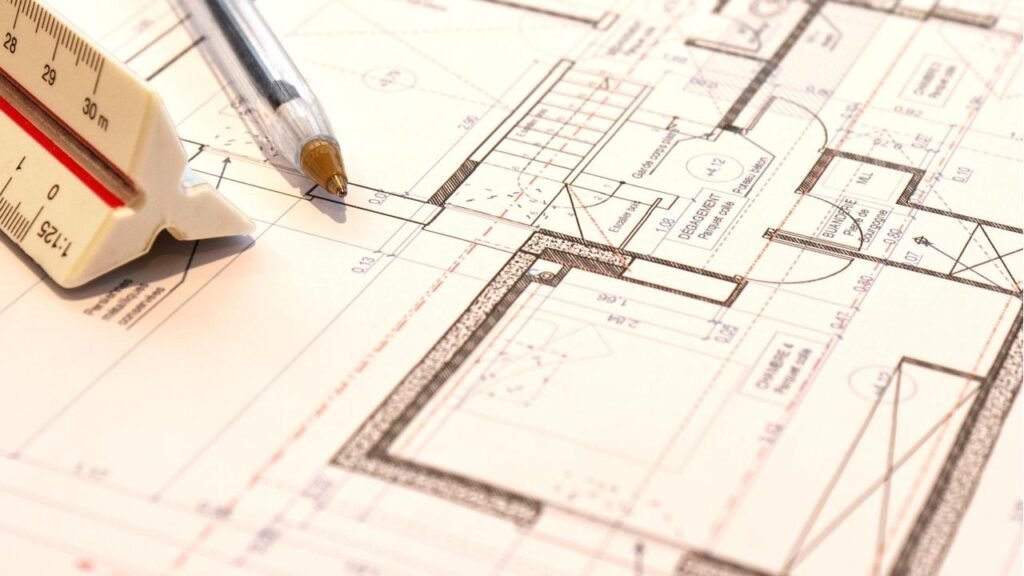
Summary
Multifamily growth in 2025 is more than a trend — it’s a shift. Developers who align with trusted partners and move fast can ride this wave to long-term success. Let’s connect and explore how our materials can simplify, elevate, and de-risk your next build.

